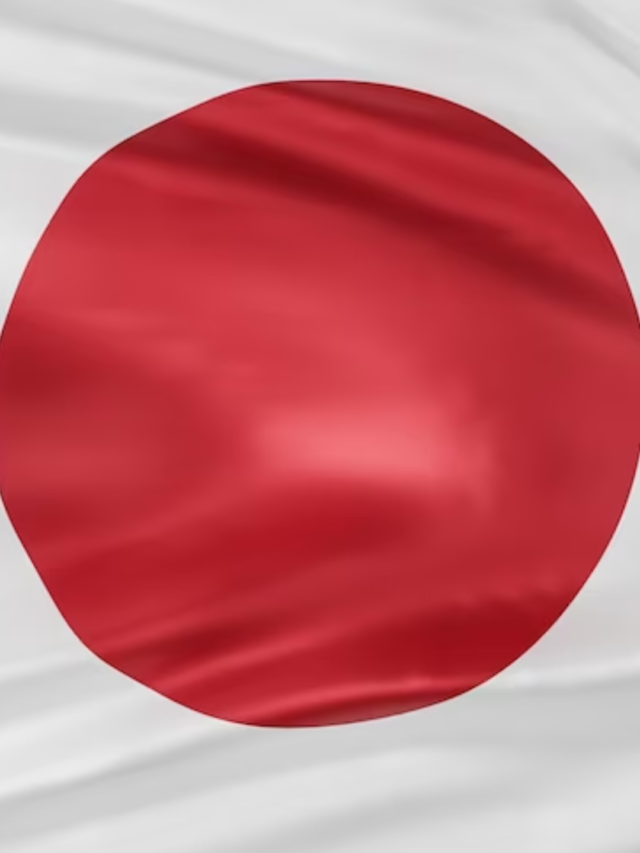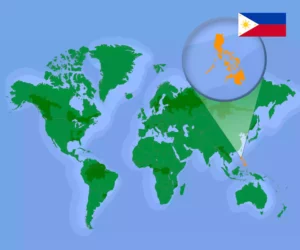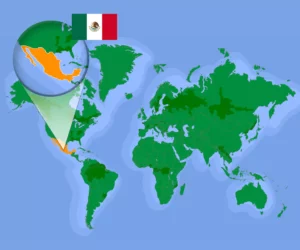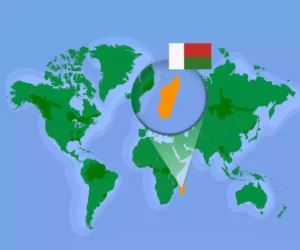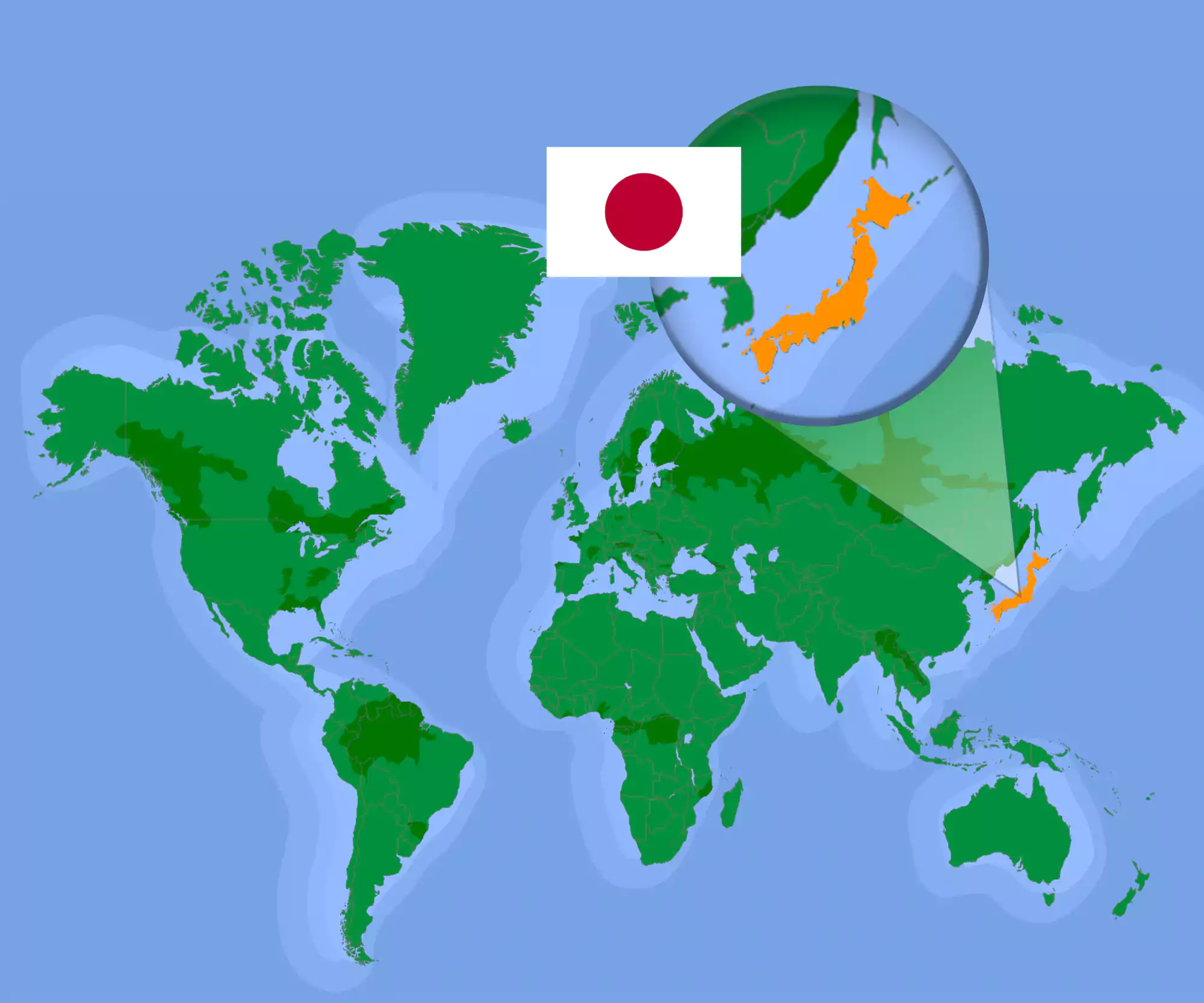
Currently ranked 24th by FIFA and second in Asia, the national football team of Japan features strong challengers, all set to take on this year’s tournament. During the Asia-Pacific qualifying tournaments, the team excelled despite limited preparation time, making it a force to be reckoned with. Japan’s competitive streak extends to all its endeavours, whether space technology, robotics, or highly inclusive AI innovations. That got me thinking: in a nation with such an aggressive approach to making its name known to the world, there are bound to be some compelling developments. I found that that was, indeed, the case. Moreover, each of these developments is even more compelling, given the odds against them. Let me tell you what I mean.
Feeding its people
As with many other island nations, Japan struggles to farm sufficient food for its population on the land it possesses. As a result, Japan has made tremendous use of the sea. It has one of the most advanced aquamarine cultures in the world, relying on harvesting various types of fish on off-shore ocean plots. The largest fish market in the world, Tsukiji, is in Japan.
Shaken, yet undeterred
Given the island’s geographical location, around 70% of Japan is covered with mountains (formed by the colliding crusts of the Pacific Ocean and Asia) and forests. Mount Fuji, the tallest of all the mountains in Japan, is an active volcano. Its last eruption occurred in 1707. With four major tectonic plates converging where Japan is, this country can often be a centre of catastrophe. Earthquakes, tsunamis, volcanoes, typhoons—you name it. Two of the world’s most monetarily expensive natural disasters happened in Japan.
The Great Hanshin Earthquake of 1995 caused nearly $330 billion in damages, while the Fukushima earthquake and tsunami in 2011 resulted in over $400 billion in damages. But, as you probably already know, Fukushima has had an even more catastrophic tragedy than the earthquake and tsunami.
The natural and nuclear fall of Japan
Japan relies on other countries for fuel and oil as they do not have significant reserves. This reliance has been a historical struggle for Japan. Before the Fukushima disaster, 30% of Japan’s electricity came from domestic nuclear power plants. That way, they could provide at least some of their energy without importing it.
The earthquake, which was the most powerful ever recorded in Japan, triggered a tsunami that caused severe damage to the nuclear plant by setting off explosions and nuclear meltdowns. The tsunami killed thousands, and the region became unlivable because of the radioactive contamination. As a result, thousands more had to be evacuated from the locality and resettled elsewhere.
Due to public outrage at the inefficient handling of the situation and the dangers posed by nuclear plants, the country proceeded to close down most of its nuclear plants, bringing the number down from 54 to 9.
Japan vs historical challenges
Japan’s geographical features have made it historically very difficult to invade. For example, Kublai Khan and the Mongols tried twice to invade Japan in the 1200s. Still, the Japanese forces and two different typhoons defeated them on both occasions.
Japan also tended to rely more on conquest than anything else as a method of gaining resources. So at various points in their history, they invaded Taiwan, Korea, many Pacific Islands, Manchuria, and other parts of China. But it was the 20th century that would drastically change this nation’s direction.
Though they were a member of the League of Nations, Japan continued to take over land that belonged to other countries in the region. Thus, they experienced a series of embargoes and trade restrictions from many world powers. In 1940, the US put an embargo on oil to Japan. The Japanese military feared they only had two years’ worth of oil left. Consequently, the Japanese response was to attack and take over the Philippines and Indonesia.
While WWII drew to a close in Europe, the war was far from over in the East. As Japan became effectively “the last man standing”, they had to relinquish their hold on many of their territories and retreat to the home islands. Given the difficulty of invading Japan, the US decided that the only way to ‘save millions of (their own) lives’ was to use the greatest weapon humanity had ever seen at that point. The atom bombs dropped on Hiroshima and Nagasaki decimated what little had remained of Japan’s hopes. The war was over, but so was Japan’s ability to be a potent force in the world.
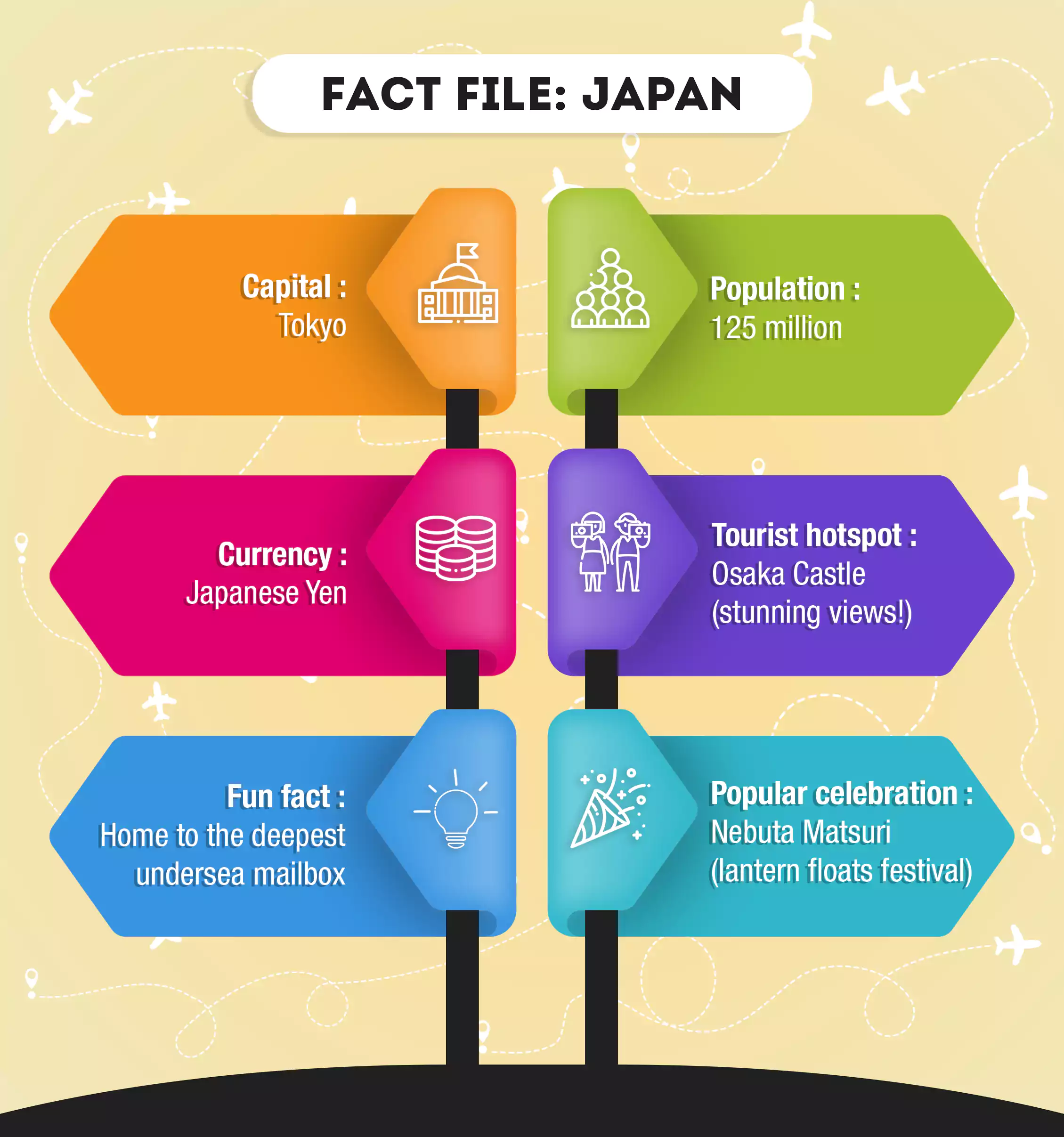
An economic miracle is born in Japan
Nobody knows how many million Japanese people died in WWII. Estimates put it anywhere between 1.5 and 3 million people. Japan lost nearly 25% of its wealth, and industrial production dropped to 1/10th of its level before the war. Roughly 25% of housing and accommodation and many industrial and commercial buildings were destroyed. There were significant food and fuel shortages as millions of people had returned from overseas territories, and former soldiers no longer had anything to do. Unemployment and hyperinflation were seemingly all that remained. This situation is what makes the Japanese story such a miracle.
After all that they had lost, Japan still had a highly educated and trained workforce alongside a sincere determination to rebuild the country from scratch.
Enemy-turned-friend
After dropping the bombs that shook the entire world, the US response was a bit like that of a child who has just realised they might have hit their younger sibling a little too hard. They were now willing to do anything to help.
The US occupation of Japan had two primary objectives—to demilitarise and to democratise. Shortly, a treaty was signed, which meant Japan would no longer have a military but would rely on the US for protection. The money that would have gone into sustaining that military was now freed up for other uses. The US initiated industrial and land reform, removed embargoes, poured in vast amounts of money, shared their technology, pushed for labour rights and unions, and overhauled the education systems in the country.
The US also relied extensively on Japanese production to help with their efforts in the Korean War.
Japan began to focus on cars, technology, robotics and machines, and its exports began to soar not much later. In 1968, less than 22 years since the war had decimated the country, Japan had risen to become the second-largest economy in the world.
An ageing population
Today, Japan faces a different problem. They have the largest ageing population in the world, with over 26% of their population being over the age of 65. There is an interesting theory to explain this. Japan’s millennial population is reportedly losing interest in having sex. Reasons for this include Japan’s extremely high levels of depression and insecurity concerning their jobs, anime, and pornography. Another problem is the unwillingness to let go of gendered ideas of what men and women should do. For example, many women fear losing their jobs if they get pregnant, while ideas of how much a man should work are becoming less appealing.
In addition, stringent immigration laws disallow most migrants from entering the country. These laws also add to the problem of the ageing population that will soon have too few people to support it.
Japan is a country finding its footing between the worlds of tradition and modernity. Sheer dedication and incredible work ethic once again brought about an economic miracle that turned the country around, marking it as one of the most outstanding achievements in history. However, it might now be affecting the country’s birth rate, population, and future.
